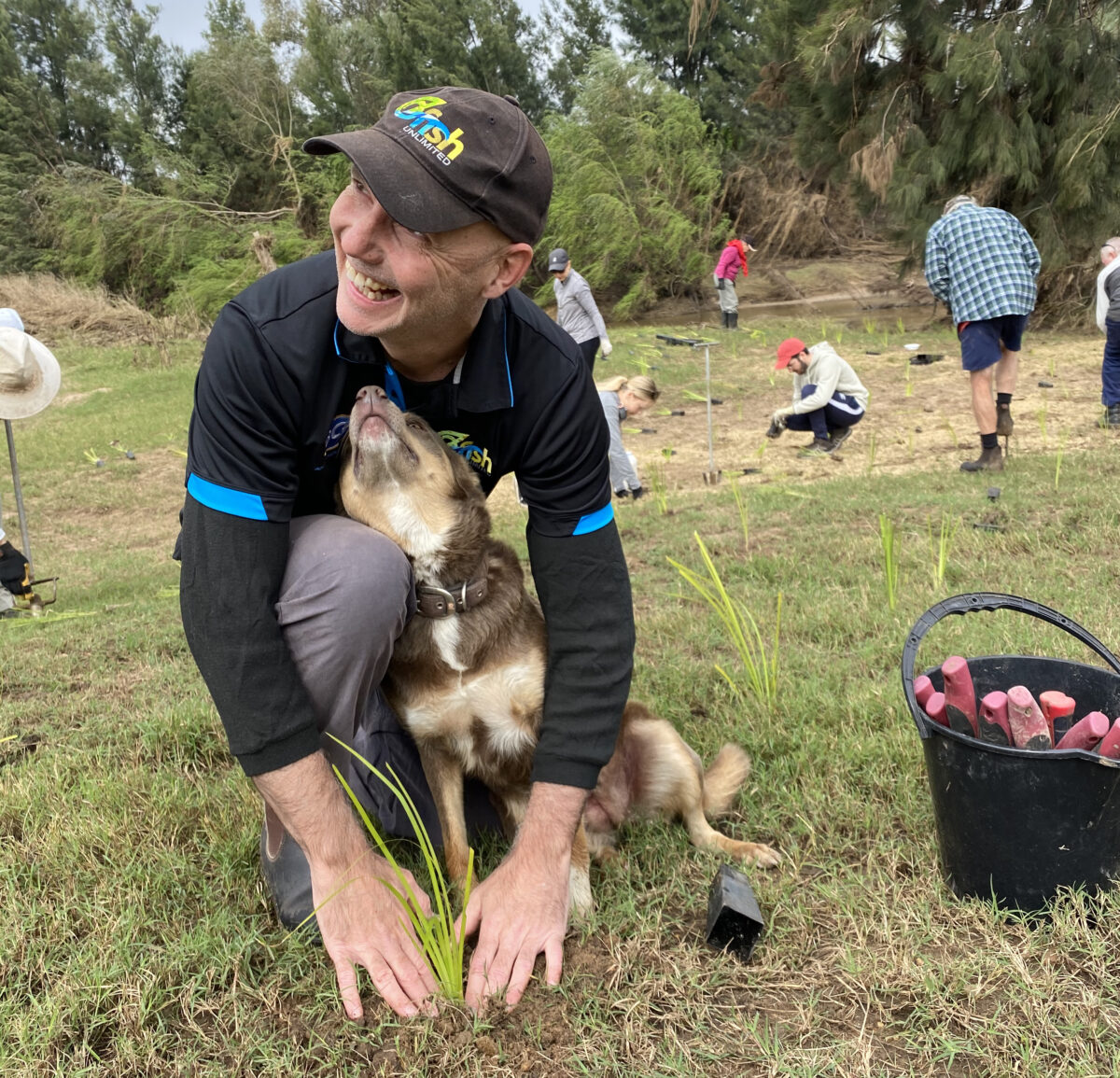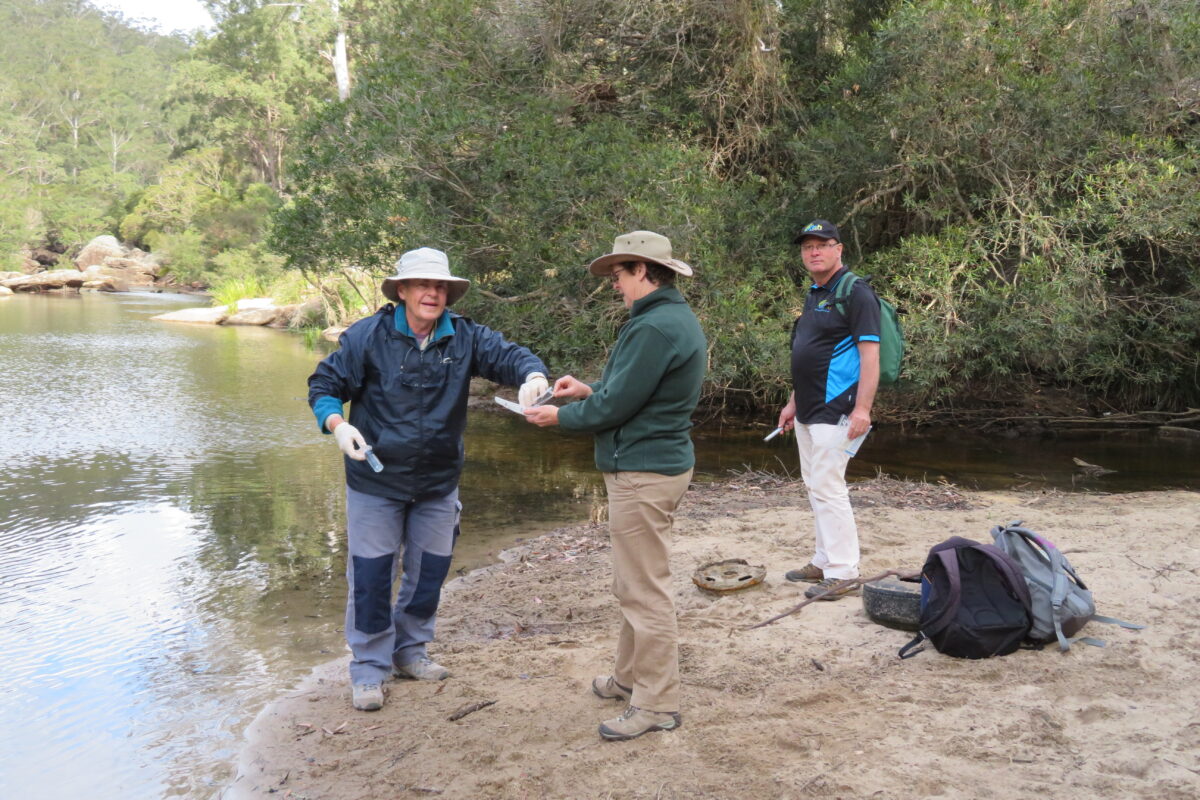A collaborative approach
OzFish Eurobodalla Chapter with Eurobodalla Landcare and Eurobodalla Shire Council (ESC) have been collaborating to recover areas of Clayton’s Spiny Crayfish habitat degraded by bushfire in the Tuross River catchment.
Together, the groups have identified a property on the river and have undertaken three consecutive days of weed control; removing Tobacco bush, Winter senna, Turkey Rhubarb, Cape Ivy, Moth Vine and Honeysuckle.
Following this removal, 3.2 kilometres of stock-proof, electric fencing will be installed around the property allowing riparian areas to re-establish and new plantings to be protected.
Volunteers from OzFish and Landcare groups will plant approximately 2,500 native species of trees and shrubs to provide habitat for Claytons Spiny Crayfish, concurrently reinstating connectivity to adjacent vegetation for arboreal fauna and to stabilise the banks from future erosion.
Spiny Cray Cuties
Euastacus crayfish, known as the ‘spiny crays’ are endemic to the eastern states of Australia. Euastacus species are distinct from other species of crayfish in Australia as they have a clear row of spines on the lateral surface of their chelae or claws, making recognition relatively easy.
Claytons spiny crayfish (Euastacus claytoni) are an intermediate-sized spiny crayfish and inhabit the Tuross River and other tributaries of the Shoalhaven, Murrumbidgee, MacLaughlin and Snowy Rivers amongst others. They are found in larger streams and rivers, preferring permanent, cool, flowing water. Unfortunately, they are easily captured in fishing traps, and predation of juveniles by trout and platypus regularly occurs. However, they remain a very robust species that is less aggressive than most other spiny crayfish, spending much of their time within their burrow and are relatively resilient to habitat alteration, being found in streams through cattle grazing paddocks and pine forests.
Citizen Science to the Rescue
Unfortunately, the extent and severity of the Badja Forest Road bushfire that decimated the far-south coast of NSW likely significantly impacted this species, given their distribution in areas of burned areas. Furthermore, run-off from the steep catchment following the fires likely filled in burrows and reduced availability of prey for the Claytons Spiny Crayfish.
OzFish and its volunteers from the local OzFish Eurobodalla Chapter and Landcare will also be carrying out water quality, eDNA sampling and waterbug testing during the planting and education day to determine the species of fish in the system, monitor the population, and determine basic metrics indicating overall health of the waterway through citizen science.
The Landcare Australia Aquatic Wildlife Habitat Bushfire Program is funded by the Australian Government’s Wildlife and Habitat Bushfire Recovery program.



Thanks to the OzFish Landcare partnership, there are now much-needed bushfire recovery threatened species projects underway across the country
FIND OUT MORE



